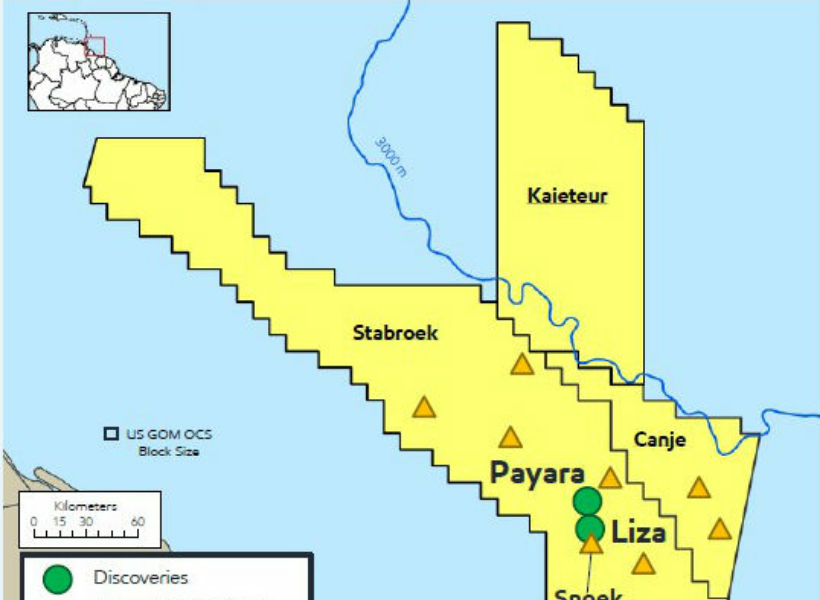In the wake of the oil boom in Guyana, the spotlight has been firmly fixed on the country’s thriving petroleum sector, which has catapulted it to the position of second-highest oil reserves per capita in the world, outshining global giants like Saudi Arabia, Norway, and Qatar. The discovery of major oil deposits, led by ExxonMobil, in May 2015 has drawn significant investment and operations from multinational oil companies, solidifying linkages between upstream and downstream activities.
While the oil industry plays a crucial role in driving economic growth, experts emphasize that trade diversification, labor-intensive industries, and value-added exports are equally vital to the nation’s prosperity.
In a recently published commentary, Jerry Haar, a professor of international business at Florida International University and a global fellow of the Woodrow Wilson International Center for Scholars, asserts that Guyana’s competitive challenge lies in diversification. While resource exploration and extraction offer substantial gains, he believes the 21st-century economy demands a broader mix of sectors, such as light manufacturing and services catering to Caribbean Basin trading partners, non-traditional agriculture, and agribusiness, to unlock higher value-added potential for Guyana.
In that joint commentary, Cristina Caus, an international oil and gas business developer and consultant with a master’s degree in international business from Florida International University, was keen to highlight the significance of a well-developed infrastructure to seize opportunities and sustain growth. For instance, the ambitious plan to establish a biomedical hub for pharmaceutical manufacturing would necessitate a skilled workforce and robust technological support.
Both experts also noted that trade emerges as a linchpin of Guyana’s economy, with a notable increase of 31.3% in the value of imported goods traded by the end of the first quarter of 2023 compared to the same period in the previous year. Fuel, lubricants, contractors’ machinery, and special-purpose machinery were the leading imports during this period. Trinidad and Tobago, the U.S., and China also ranked as the top three trading partners for imports, while the U.S., Singapore, and the United Kingdom stood out as the main export partners, with commodities like sugar, gold, bauxite, aluminum, rice, shrimp, and timber taking center stage.
Being a member of CARICOM, the experts outlined that Guyana enjoys favorable market access to the U.S. under the Caribbean Basin Trade Partnership Act (CBTPA) and has an Economic Partnership Agreement with the European Union (EU), providing additional trade opportunities.
However, they noted that Guyana confronts both external and internal trade barriers. External barriers predominantly revolve around non-tariff measures (NTMs) related to health, safety, environment, and social goals, particularly in South-South trade. In contrast, they highlighted that major developed-country markets generally exhibit lower tariff restrictions for Guyana’s exports. Nevertheless, the industry stakeholders said competitiveness of national firms and the domestic business environment play a more decisive role in cross-border trade than the trade barriers imposed by foreign governments.
Internal barriers also pose challenges, they said while adding that these range from infrastructure limitations to human capital deficits and regulatory hurdles that affect the country’s ability to produce and export competitive goods and services. Addressing these internal obstacles, along with streamlining bureaucracy, reducing VAT measures, and embracing pro-market principles in policymaking, they asserted will position Guyana for a more resilient and prosperous future.
In closing, the experts believe that while the oil-driven growth has opened promising horizons for Guyana, sustained and inclusive economic prosperity will hinge on embracing trade diversification, strengthening value-added industries, and fostering a business-friendly environment.











